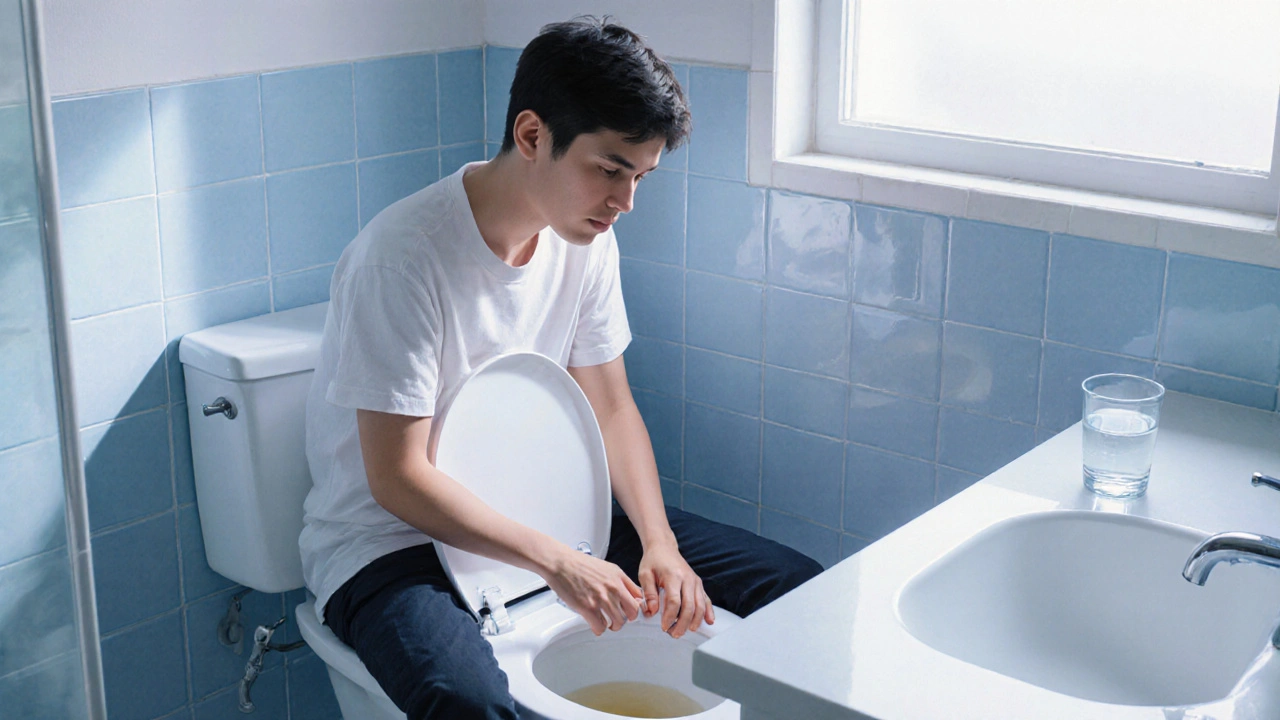Ever feel light‑headed after a run or notice a dry mouth in the afternoon? That’s your body shouting that it needs water. Dehydration isn’t just “thirsty”; it’s a drop in the amount of fluid your cells have to work properly. When you understand the triggers, you can stop it before it turns into a bigger problem.
Most of the time, losing more fluid than you take in does the trick. Sweat from exercise, hot weather, or a fever can quickly drain water and electrolytes. Even everyday habits matter—drinking coffee, tea, or alcohol without adding extra water can add up to a deficit. Some medicines, like diuretics, push fluid out of the body, so you need to replace what they take away. Finally, health conditions such as diabetes or kidney issues can make you lose more water without noticing.
When fluid loss reaches about 2% of your body weight, you might start feeling thirsty, have a dry mouth, or notice darker urine. Push past that and you could get headaches, dizziness, or muscle cramps. In extreme cases, low blood pressure and rapid heartbeat can appear, which is why catching dehydration early matters.
Start with a simple rule: drink before you feel thirsty. Keep a water bottle at your desk, in the car, and in your bag. Sip regularly, especially if you’re active or outside in warm weather. If you sweat a lot, add a pinch of salt or an electrolyte drink to help replace minerals.
Food can be a hidden source of water too. Fresh fruits like watermelon, oranges, and cucumber are over 90% water. Including these in snacks or meals adds hydration without extra effort.
If you’re on a medication that pulls fluid out, ask your doctor or pharmacist about the best way to balance it—often a larger water intake or a low‑dose electrolyte supplement helps.
When you notice early signs—dry lips, dark urine, or a quick‑pulse—drink a glass of water (about 250 ml) and wait a few minutes. If symptoms improve, keep sipping throughout the day. For more intense dehydration (severe cramps, fainting), you may need oral rehydration solutions or a medical visit.
One quick tip for athletes: weigh yourself before and after a workout. Every kilogram lost equals roughly a liter of fluid, so you know exactly how much to replace.
Remember, staying hydrated isn’t a one‑size‑fits‑all. Age, size, activity level, and climate all change how much water you need. Use the simple guidelines above, listen to your body, and you’ll keep dehydration at bay.

Learn how dehydration concentrates urine, irritates the bladder, and triggers spasms. Get practical hydration tips, risk tables, and guidance on when to seek medical help.